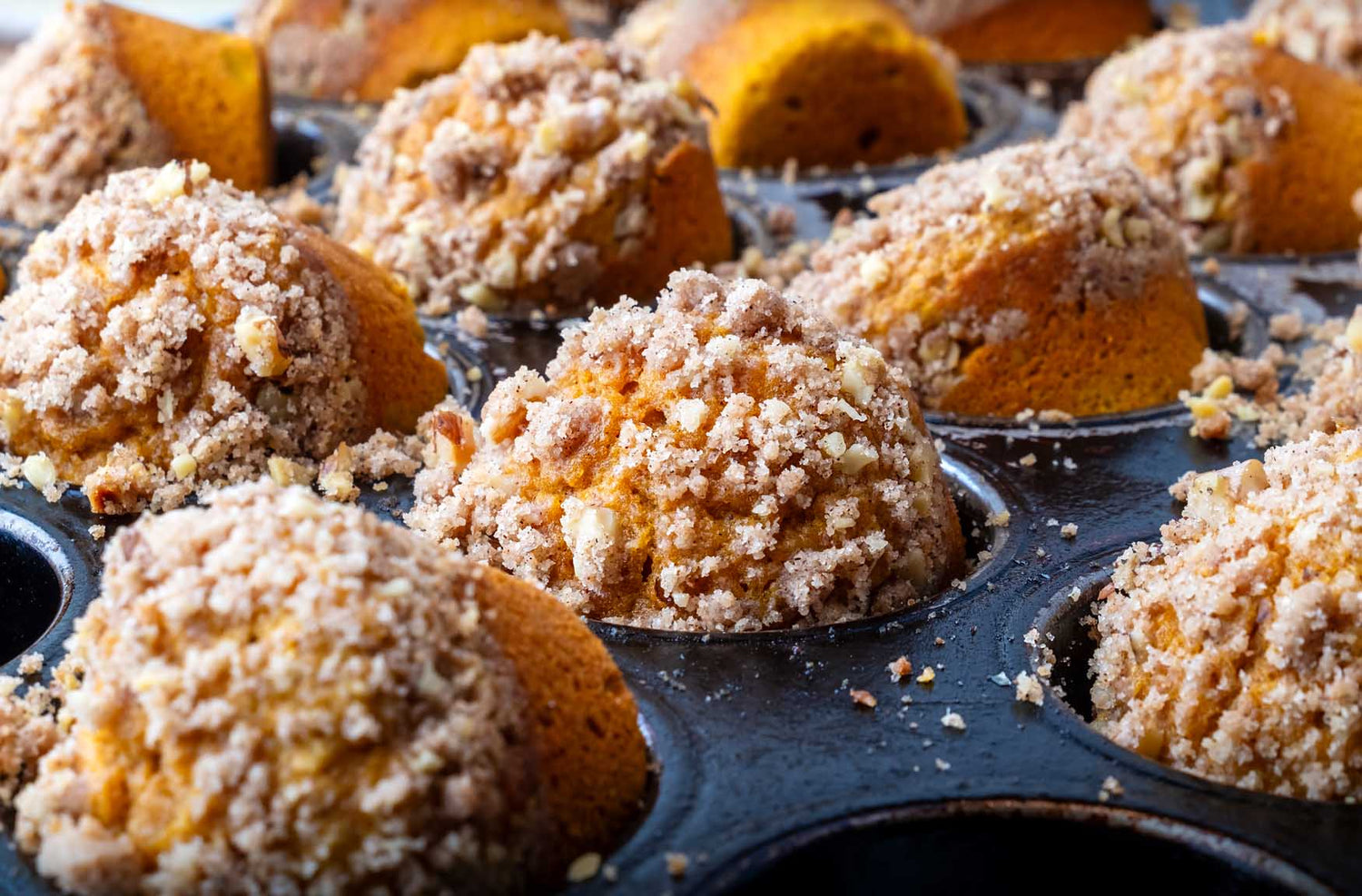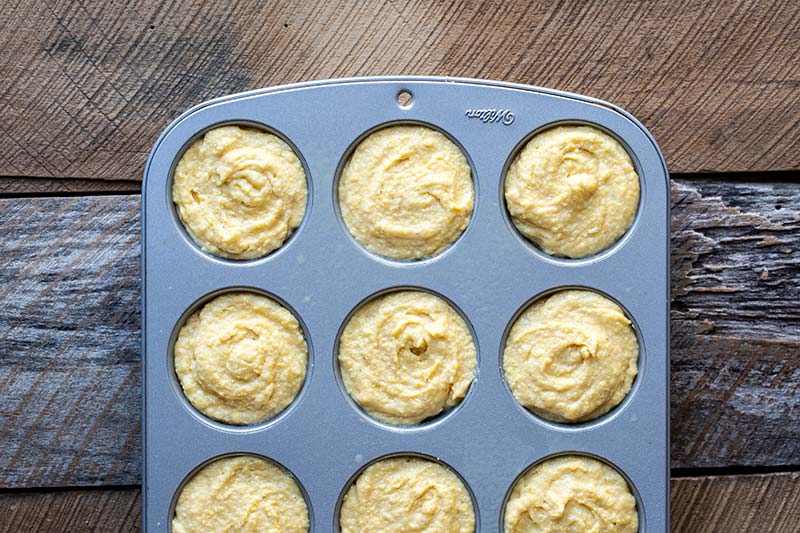As a kitchen professional, you understand the importance of precision and quality in every dish you create. When it comes to utilizing a cast iron muffin pan, one of the most frequently asked questions is about the use of parchment paper. In this article, well delve into the art of using parchment in cast iron muffin pan, ensuring that your baking endeavors are both seamless and successful.

The Benefits of Using Parchment Paper in Cast Iron Muffin Pans
Integrating parchment paper into your baking routine, especially with a cast iron muffin pan, offers numerous advantages. Firstly, it provides a non-stick surface, which is essential for maintaining the integrity of your muffins. This is crucial for kitchen professionals who need to deliver perfectly shaped, unbroken muffins every single time.
Moreover, parchment paper aids in even heat distribution. Cast iron is renowned for its ability to retain heat, but it can sometimes be too efficient, leading to over-browning. Parchment paper acts as a buffer, ensuring that your muffins cook evenly throughout, thus maintaining a consistently high standard of quality.
How to Properly Use Parchment Paper in Cast Iron Muffin Pans
Using parchment paper in a cast iron muffin pan involves a few simple steps, but it's important to execute them correctly to achieve the best results. Start by cutting the parchment paper into squares that are slightly larger than the individual muffin cups. This allows the paper to cover the sides, preventing sticking and aiding in removal.
Next, carefully press the parchment squares into the muffin cups. Ensure that the paper is snug against the sides and bottom of each cup. This will not only help maintain the shape of your muffins but also facilitate easy removal once they are baked.
For those interested in the nuances of baking with cast iron, exploring the differences between preheating and cold cast iron can also enhance your baking techniques.
Common Mistakes to Avoid
Even seasoned kitchen professionals can make mistakes when it comes to using parchment in a cast iron muffin pan. One common error is using too much or too little parchment paper. If the paper is too large, it can crumple and affect the shape of your muffins. Conversely, if it's too small, it won't provide adequate coverage, leading to sticking and breakage.
Another frequent oversight is not properly pre-treating the cast iron pan. Although parchment paper provides a non-stick surface, it's still advisable to lightly grease the parchment or the pan itself. This extra step ensures that your muffins release effortlessly.

Advanced Tips for Kitchen Professionals
For those looking to refine their skills, consider experimenting with different types of parchment paper. Some brands offer pre-cut sheets specifically designed for muffin pans, which can save time and ensure uniformity.
Additionally, understanding the common baking issues associated with cast iron pans can prepare you for potential challenges. This knowledge allows you to troubleshoot effectively and maintain the high standards expected in a professional kitchen.
For creative inspiration, explore a variety of muffin pan recipes that can help you innovate and impress your clients.
FAQ
Q: Can I reuse parchment paper?
A: While parchment paper can sometimes be reused for multiple batches, its generally best to use a fresh piece each time for optimal results.
Q: Is parchment paper safe for high temperatures?
A: Yes, most parchment papers are designed to withstand baking temperatures up to 450F, making them suitable for use in cast iron muffin pans.
Q: What can I do if I run out of parchment paper?
A: If you find yourself without parchment paper, consider using a well-greased muffin pan or invest in reusable silicone baking cups as an alternative.
By mastering the art of using parchment in cast iron muffin pan, you elevate your baking skills to new heights, ensuring every batch of muffins is a testament to your professional expertise. For more on the intricacies of cast iron cooking, check out our detailed guide on cast iron myths and how to address them.
This article contains affiliate links. We may earn a commission at no extra cost to you.





Leave a comment
This site is protected by hCaptcha and the hCaptcha Privacy Policy and Terms of Service apply.